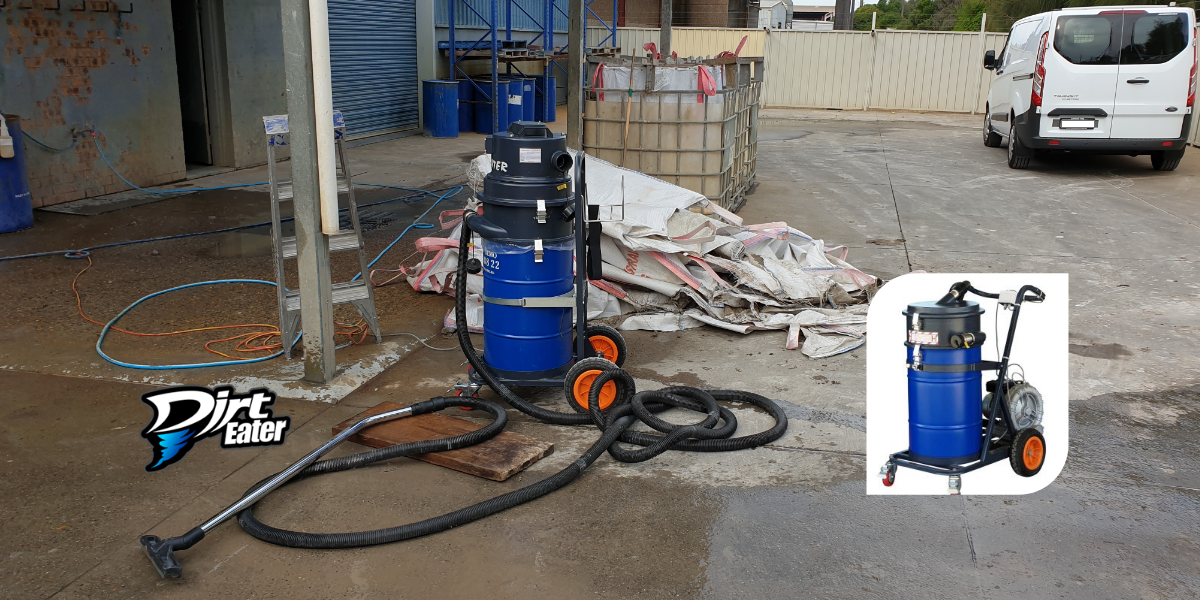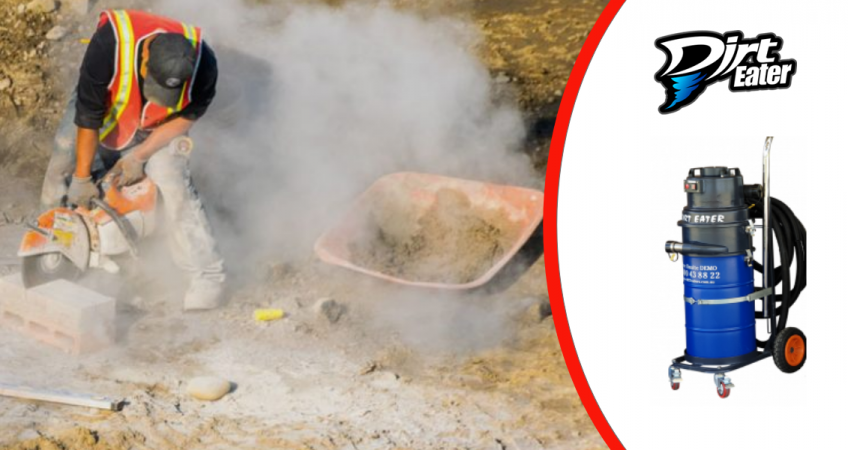Silica Dust Demystified: Unveiling the Health Hazards
Silica dust (crystalline silica) is found in some stone, rock, sand, gravel, and clay. The most common form is quartz. Silica dust can also be found in the following products:
- bricks
- tiles
- concrete
- some plastic material.
When these materials are worked on, silica is released as fine dust known as respirable crystalline silica or silica dust.
Today, all States and Territories in Australia have work health and safety laws that explain the duty of care for employers and workers’ responsibilities.
Silica Dust in the Workplace: Understanding Risks and Mitigation Strategies
Approximately 587,000 Australian workers were exposed to silica dust in the workplace in 2011. It has been estimated that 5758 of these will develop lung cancer throughout their life as a result of that exposure. The occupations with the most significant exposure include:
- miners
- construction workers
- farmers
- engineers.
You may be exposed to silica dust if your work involves:
- breaking, crushing, grinding or milling material containing silica dust
- sandblasting or casting
- paving, surfacing or cement finishing
- bricklaying
- demolition work
- road construction
- stone masonry
- mineral ore-treating processes
- manufacture of glass, ceramics, brick, concrete, tile, metals, or machinery.
 Understanding the Hazards: Risks Associated with Silica Dust Exposure
Understanding the Hazards: Risks Associated with Silica Dust Exposure
Inhaling silica dust can cause silicosis, a serious and irreversible lung disease. It can be lethal. Silica damages the lung and causes scar tissue to form. This causes the lung tissue to become thicker. Silica exposure can also cause lung cancer.
It is possible to have silicosis without showing any symptoms at first. The longer workers have been exposed to silica dust, the worse the symptoms will become. As the disease progresses workers may show noticeable symptoms such as:
- Shortness of breath
- Severe coughing
- Body weakness
Silica Dust Safety: Minimizing Inhalation Risks
The best way to reduce the risk of exposure to silica dust is to eliminate the source of exposure. If that’s not possible, there are other risk controls to use. When choosing risk controls, start by asking the questions in the following steps. The steps are listed in order of effectiveness.
Reducing the Risk of Silicosis and Silica Dust Exposure
Construction tasks like grinding, drilling, and cutting produce dust, posing a significant risk when inhaled, particularly respirable crystalline silica (RCS), also known as silica dust. Inhalation of RCS over time can lead to serious respiratory diseases, including lung cancer.
1. Personal Protective Equipment (PPE):
Providing workers with suitable PPE is crucial. Respirators that cover the nose and mouth effectively minimize silica dust inhalation. Ensure workers wear appropriate workwear in environments with silica exposure risk.
This is the least effective control. When used, there must always be at least one other control in place as well. Some questions to consider:
- Do workers have the proper respirators, eyewear, and protective clothing?
- Has personal protective equipment been tested to make sure it is working properly?
2. Equipment Maintenance:
Regular cleaning and maintenance of equipment in workplaces with high silica levels are essential. Contamination from silica dust can occur, even if it’s barely visible. Equipment should be kept clean to prevent the spread of silica dust.
Eliminating the hazard by substituting a safer process or material, where possible, is the most effective control. Some questions to consider:
- Can a less hazardous material be used (for example, garnet instead of silica in sand-blasting operations)?
- Can formwork be designed more carefully to reduce the amount of concrete finishing required?
- Can a process that generates less dust be used (for example, splitting rather than sawing concrete pavers)?
3. Workwear Management:
Workwear can become contaminated with silica dust, necessitating proper management. Wash contaminated workwear separately to avoid spreading dust particles.
4. Engineered Controls:
Implement engineered controls for dust suppression. Local exhaust ventilation (LEV) systems remove dust at its source, preventing it from dispersing into the air. Dust containment systems continuously filter contaminated air, further reducing exposure risk.
Making physical modifications to facilities, equipment, and processes can reduce exposure. Some questions to consider:
- Can local exhaust ventilation be used on all equipment that generates silica dust?
- Can water be used to prevent dust from becoming airborne?
- Can the areas that generate large amounts of dust be enclosed, and have proper ventilation to clean the air?
Isolate workers and others from RCS
Isolation is where you place barriers or distance between a hazard and workers.
Isolation is an effective way of protecting your workers from exposure to RCS. Physical barriers that remove the worker from contact with RCS are the most effective form of isolation control.
Isolation controls include:
- isolating high dust-generating work processes within an enclosed room with restricted access
- providing physical barriers and exclusion zones between different workers and workstations to prevent dust or water mist from moving into other work areas or towards other workers
- distancing a work process from other workers.
- for example consider where other workers are working when powered hand tools are used
- designating a room or area for other tasks such as changing or eating, away from the work area.
Administrative controls
These involve changing work practices and work policies. Providing awareness tools and training also counts as administrative controls. All can limit the risk of silica dust exposure. Some questions to consider:
- Have you developed a written exposure control plan for silica?
- Can warning signs be posted in the work area?
- Can crews be scheduled to work as far away from silica dust-generating processes as possible?
- Have you provided adequate washing facilities on site?
- Have you developed safe work procedures for dealing with silica dust?
- How will worker exposure to silica be monitored?
Regulations in Australia
In Australia, workplace regulations overseen by Work Safe Australia dictate that the exposure standard for respirable crystalline silica (silica dust) should not surpass 0.05 mg/m3 (eight-hour time-weighted average). These regulations establish the employer’s legal responsibility to recognize hazards and either eradicate or manage any associated risks. They have been widely embraced across various jurisdictions in Australia. For instance, in Victoria, silica falls under Chapter 4 – Hazardous Substances – of the 2017 Occupational Health and Safety Regulations.
Despite the current standards being in place and largely adopted, labour unions are advocating for more stringent national regulations, including heightened minimum benchmarks, stricter penalties for non-compliant employers, and the establishment of a financial compensation fund for affected workers.
It’s crucial to take a proactive approach now. Ensure compliance with existing regulations and stay ahead of potential new ones.
Call Today on 0426 291 402 Or Toll-free 1800 438 822 or Email Us On hello@industrialvacuums.net.au
Reference link
- https://www.worksafebc.com/en/health-safety/hazards-exposures/silica
- https://www.cancer.org.au/preventing-cancer/workplace-cancer/silica-dust.html

